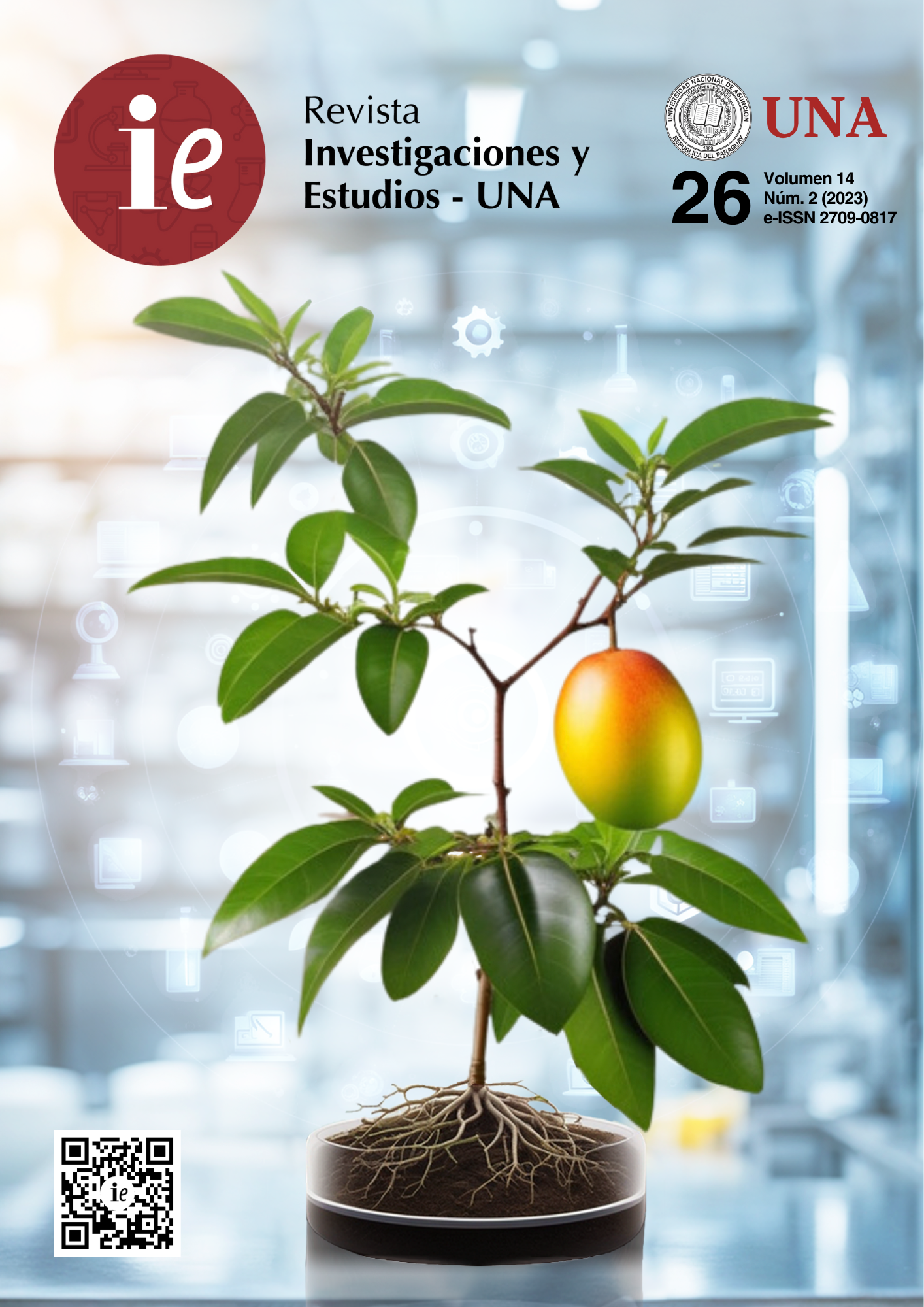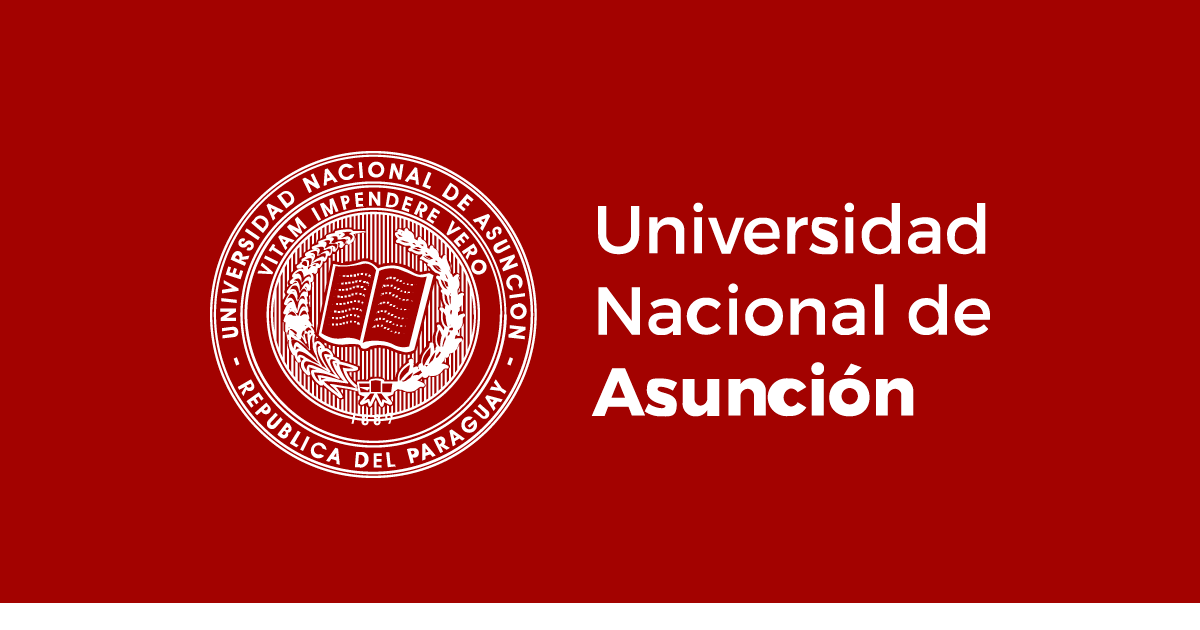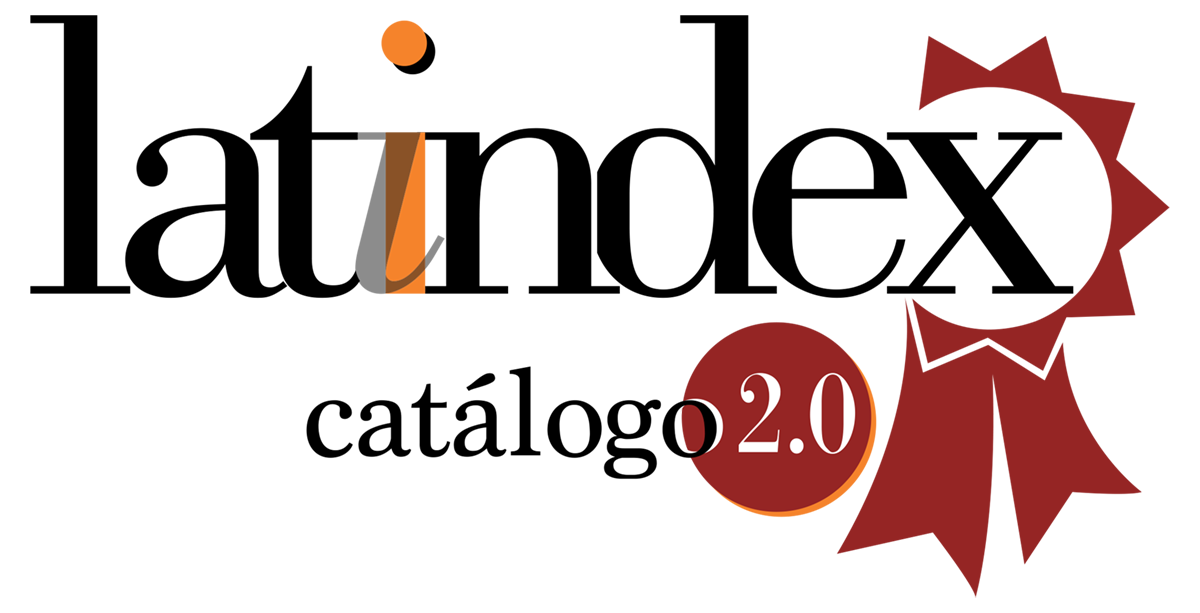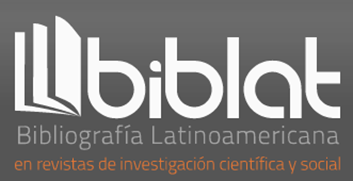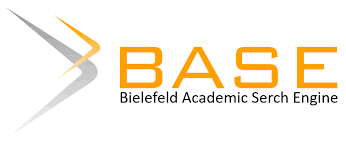Control de calidad aplicando ensayos no destructivos
DOI:
https://doi.org/10.57201/ieuna2323248Palabras clave:
END, control de calidad, mantenimientoResumen
Las exigencias de funcionamiento de los diferentes equipos y piezas industriales ya sea en el ámbito naviero, aeronáutico, manufacturas, automotriz, energía, etc., requieren unas demandas muy estrictas en cuanto a la calidad de las piezas utilizadas y los mecanismos de unión en la construcción de los mismos. La evaluación del estado en que se encuentran las piezas y uniones metálicas no se limita solo al periodo de construcción sino también a lo largo de la vida útil a fin de activar mecanismos de prevención y/o detección de fallas en las piezas y uniones. Esto contribuye a evitar que un empeoramiento de las fallas incipientes pueda tener consecuencias graves en el funcionamiento de las maquinarias. A fin de evitar estos inconvenientes existen unas técnicas denominadas ensayos no destructivos END, cuya aplicación permite la detección de fallas en soldaduras, fundiciones, hormigones, etc. Además de su probada eficacia estas técnicas se aplican sin necesidad de alterar la composición física del material bajo prueba, permitiendo su realización aun durante el funcionamiento de las mismas. En este trabajo se presentan los fundamentos de los ensayos no destructivos y el estudio de algunos casos relevantes, como el estudio del grosor de tuberías y detección de la reducción del espesor de las paredes internas debido a los efectos de la corrosión utilizando ultrasonidos y corrientes parasitas, la detección de una fisura dentro de un trabajo de soldadura mediante líquidos penetrantes en un caso y en otro mediante termografía infrarroja y finalmente en el último caso la inspección del grosor de una tubería mediante corrientes parasitas.
Descargas
Referencias
Aglawe, H. A. & Soni, P. K. (2015). An investigation into non destructive testing techniques: A specific case study. International Journal of Research in Engineering and Technology, 4(6), 130-5. https://ijret.org/volumes/2015v04/i06/IJRET20150406021.pdf
Angelo, J. D., Bennecer, A., Picton, P., Kaczmarczyk, S. & Soares, A. (2016).Eddy current analysis of shipped stainless steel heat exchanger bundle. Case Studies in Nondestructive Testing and evaluation, 6, 89-93.
https://www.sciencedirect.com/science/article/pii/S2214657116300417
Andreucci, R. (2006). Radiología Industrial. E-book. https://portalidea.com.br/cursos/b6bcaa67a33b2f3af90bb88302d765c2.pdf
Andreucci, R.(2009). Partículas magnéticas. E-book. Jan. /2009. https://infosolda.com.br/wp-content/uploads/Downloads/andreucci/PM-2009.PDF
Andreucci, R. (2014). Ensayo por Líquidos Penetrantes. E-book. Jan./2014. https://infosolda.com.br/wp-content/uploads/Downloads/andreucci/LP-2014.PDF
Andreucci, R.(2018). Ensaio por Ultrassoml. E-book. Jun. / 2018. https://www.abendi.org.br/abendi/Upload/file/biblioteca/apostila_us_2018.pdf
Broberg, P. (2013). Surface crack detection in welds using thermography. NDT & E International, 57, 69-73. Elsevier.https://www.sciencedirect.com/science/article/pii/S096386951300056X.
Corrosion in Chilled Water Pipes. (2013). http://www.appliedinspection.co.uk/case-study-2-corrosion- in-chilled-water-pipes/
Gupta, M., Khan, M. A., Butola, R. & Singari, R. M. (2021). Advances in applications of Non- Destructive Testing (NDT): A review. Advances in Materials and Processing Technologies, 8(4), 1-22. DOI:10.1080/2374068X.2021.1909332
International Atomic Energy Agency. (1992). Industrial Radiography. Manual for the Syllabi Contained in IAEA-TECDOC-628, "Training Guidelines in Non-destructive Testing Techniques". Vienna. IAEA. Training Course Series N° 3. https://www.iaea.org/publications/345/industrial-radiography-manual-for-the-syllabi-contained-in- iaea-tecdoc-628-training-guidelines-in-non-destructive-testing-techniques
International Atomic Energy Agency. (1988). Ultrasonic Testing of materials at level 2 A technical document issued by the international atomic agency. Vienna: IAEA.
https://inis.iaea.org/collection/NCLCollectionStore/_Public/19/100/19100874.pdf
International Nuclear Information System. (1999). Non-destructive Testing: A Guide book for Industrial Management and Quality Control Personnel. Vienna. International Atomic Energy Agency. https://inis.iaea.org/collection/NCLCollectionStore/_Public/31/005/31005449.pdf.
International Atomic Energy Agency. (2000). Liquid Penetrant and Magnetic Particle Testing at Level 2. Manual for the Syllabi Contained in IAEA-TECDOC-628, “Training Guidelines in Non- destructive Testing Techniques”. https://www-pub.iaea.org/MTCD/Publications/PDF/TCS-11.pdf
International Atomic Energy Agency. (2011). Eddy Current Testing at Level 2: Manual for the syllabi Contained in iaea-TeCDoC-628.rev. 2. "Training guidelines for non Destructive Testing Techniques". Vienna. IAEA. https://www-pub.iaea.org/MTCD/Publications/PDF/TCS- 48_web.pdf
JFE Steel Corporation. (2016). Infrared Thermography for Nondestructive Testing. The Technical Report No. 21. https://www.jfe-steel.co.jp/en/research/report/021/pdf/021-33.pdf.
Kaewunruen, S. & Remennikov, A. (2006). Non-destructive testing (NDT): A tool for dynamic health monitoring of railway track structures. Materials Australia, 39(6), 14-16. https://ro.uow.edu.au/engpapers/315/
Madani, S. & Azizi, M. (2015). Detection of weld defects in radiography films using image processing. Cumhuriyet Üniversitesi Fen Edebiyat Fakültesi Fen Bilimleri Dergisi, 36(3), 2397-2404. https://dergipark.org.tr/tr/download/article-file/714015.
Moore, P. O. (ed.) (2015). Visual Testing Method. ASNT Level II. 3° ed. The American Society for Nondestructive Testing. https://www.pdfdrive.com/asnt-study-guide-level-2-visual-testing- method-d191408554.html.
Motukisi, E. (2012). Magnetic Particle Inspection. Characterisation of the magnetic field for various.
magnetization techniques. 18th World Conference on Non destructive Testing, 16-20 April 2012. Durban, South Africa. https://www.ndt.net/article/wcndt2012/papers/77_Motukisi.pdf.
Rosado, L. S., Santos, T. G., Piedade, M., Ramos, P. M. &Vilaça, P. (2010). Advanced technique fornon-destructive testing of friction stir welding of metals. Measurement, 43(8), 1021- 1030.www.researchgate.net/publication/229360786_Advanced_technique_for_non destructive_testing_of_friction_stir_welding_of_metals
The Last Guide to NDT (Non-Destructive Testing) You'll Ever Need. (2022). https://www.flyability.com/ndt
Upda, L. (2012). Eddy Current Techniques in NDT. Nondestructive Evaluation Laboratory Department of Electrical and Computer Engineering. Michigan State University. WCNDT Preconference Workshop, Durban, April 15. https://www.ndt.net/article/wcndt2012/workshop/WCNDT- EC%20wrokshop.pdf.
Usamentiaga, R., Venegas, P., Guerediaga, J., Vega, L., Molleda, J. &Bulnes, F. G. (2014). Infrared thermography fortemperature measurement and non-destructive testing. Sensors, 14(7), 12305-12348. https://www.mdpi.com/1424-8220/14/7/12305.
Publicado
Número
Sección
Licencia
Derechos de autor 2023 Federico Rodolfo Fernandez Gomez

Esta obra está bajo una licencia internacional Creative Commons Atribución 4.0.

